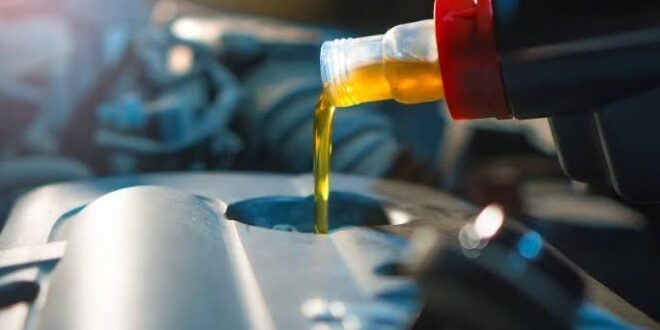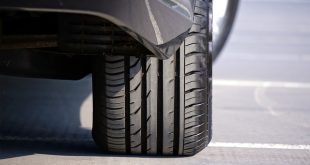A vital component of routine maintenance that guarantees the longevity and optimum efficiency of your engine is changing the oil in your car. The engine’s temperature prior to the oil change is one factor that is frequently disregarded. It’s imperative to wait until your engine has cooled before beginning the procedure. The reasons why the engine must be cold before an oil change are covered in detail in this blog post.
Safety First
The primary and most obvious benefit of waiting for your engine to cool before changing the oil is safety. If you try to remove engine oil right away after driving, you run the risk of suffering serious burns because engine oil functions at high temperatures. Not only the oil gets heated, but other elements of the engine, such as the radiator and the exhaust manifold, can be dangerous if touched when hot. To prevent any potential danger, it is therefore usually advisable to let the engine cool down.
Optimal Oil Viscosity
Temperature affects engine oil viscosity, or its resistance to flowing. Oil thins and flows more easily while an engine is hot, which is beneficial for lubrication while the engine is running. A cooler, heavier oil is better when changing the oil though. When drained, it adheres to impurities and used oil, making its removal more efficient.
Complete Draining
When the engine is heated, the oil lubricates various parts by being both thinner and more evenly distributed throughout the engine. If you attempt to drain the oil right away after the engine has been running, part of it will remain in the oil pan, where it can be readily drained, rather than being dispersed throughout the engine. By letting the engine cool, you can be sure that most of the oil has returned to the oil pan, making an oil change more thorough and efficient.
Protecting Engine Components
While the engine is still hot, changing the oil could potentially harm various engine parts. The engine parts may break or deform as a result of the quick exposure to cold oil, which can also induce thermal shock. This is particularly true for older or high-mileage vehicles where engine components may already be worn out or compromised.
Better Oil Measurement
When changing your oil, it’s important to apply the proper quantity of new oil as well as remove the old oil. It is challenging to determine how much fresh oil to apply when the engine is hot since some oil is still spread throughout the engine. You can get a more precise measurement of new oil by letting the engine cool and making sure that all the oil has been drained.
Even though it could be tempting to do an oil change quickly, especially if you’re doing it yourself, it’s important to wait until your engine has had a chance to cool down. This not only makes the procedure safer, but it also guarantees a more efficient oil change, safeguarding your engine and enhancing its performance. Keep in mind that preserving the health and durability of your car requires patience.
 Spot Dem Everything About Cars
Spot Dem Everything About Cars

